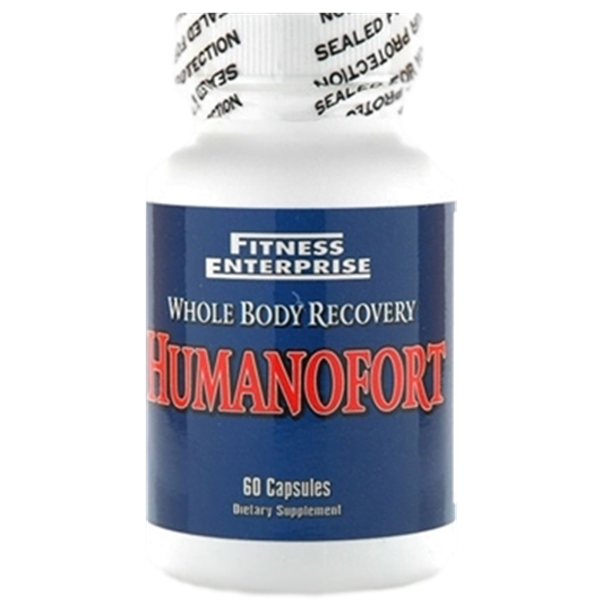Metabolism is an intricately controlled process that regulates energy production and utilization in the body, requiring coordination of multiple systems including the liver, fat, muscle, and brain.
In the liver, FGF21 acts to reduce endogenous production of glucose (sugar), fat and low-density lipoproteins (LDL) while promoting utilization of fatty acids as a fuel source.1
In the fat tissue, FGF21 enhances uptake of glucose from the blood stream into the fat cells. FGF21 also promotes insulin sensitivity.1
Overall, FGF21 promotes efficient energy balance in the body.2,4
FGF21 and Disease
Critical illnesses associated with elevated circulating FGF21 levels include obesity, type 2 diabetes, cardiovascular disease, nonalcoholic fatty liver disease (NAFLD), and nonalcoholic steatohepatitis (NASH). These elevations may represent a compensatory response to protect the body from adverse metabolic conditions.
NASH is a progressive liver disease characterized by fat deposits, inflammation, and tissue damage.5 NASH progression leads to the accumulation of scarring, or fibrosis, in the liver, resulting in impaired quality of life.6-8 NASH with significant fibrosis is associated with higher rates of morbidity and death and is expected to soon become the leading cause for liver transplants.9

Clinical Implications
 The elevation of FGF21 within the liver may provide protection against disease and studies are underway to investigate if FGF21 treatment can re-establish metabolic balance. Aside from lifestyle modifications such as weight loss, NASH patients currently have no available treatment options.4
The elevation of FGF21 within the liver may provide protection against disease and studies are underway to investigate if FGF21 treatment can re-establish metabolic balance. Aside from lifestyle modifications such as weight loss, NASH patients currently have no available treatment options.4
Sources:
- Gómez-Sámano MA, et al. Fibroblast growth factor 21 and its novel association with oxidative stress. Redox Biol. 2017; 11: 335–341.
- Cuevas-Ramos D and Aguilar-Salinas CA. Modulation of energy balance by fibroblast growth factor 21. Horm. Mol. Biol. Clin. Investig. 2016; Jun 20;30(1).
- Nishimura T, et al. Identification of a novel FGF, FGF-21, preferentially expressed in the liver. Biochim Biophys. Acta. 2000; 1492:203–206.
- Kharitonenkov A & DiMarchi R. Fibroblast growth factor 21 night watch: advances and uncertainties in the field. J. Intern. Med. 2017; 3:1365-2796.
- National Institute of Diabetes, Digestive and Kidney Diseases (Updated: May 2014). “Nonalcoholic Fatty Liver Disease & NASH.” Available at: https://www.niddk.nih.gov/health-information/health-topics/ liver-disease/nonalcoholic-steatohepatitis/Pages/facts.aspx. Accessed July 12, 2017.
- American Liver Foundation (Page updated: January 14th 2015) http://www.liverfoundation.org/abouttheliver/info/nafld/
- Chalasani N et al. Hepatology 2012;55:2005-23
- Michael Charlton, MD. Cirrhosis and Liver Failure in NAFLD: Molehill or Mountain? Hepatology, May 2008; 47(5): 1431–1433.
- Wong R et al. Gastroenterology 2015;148:547-555.



